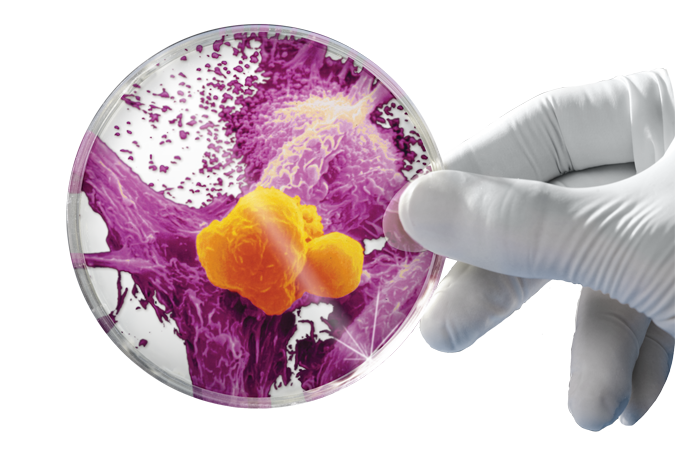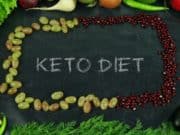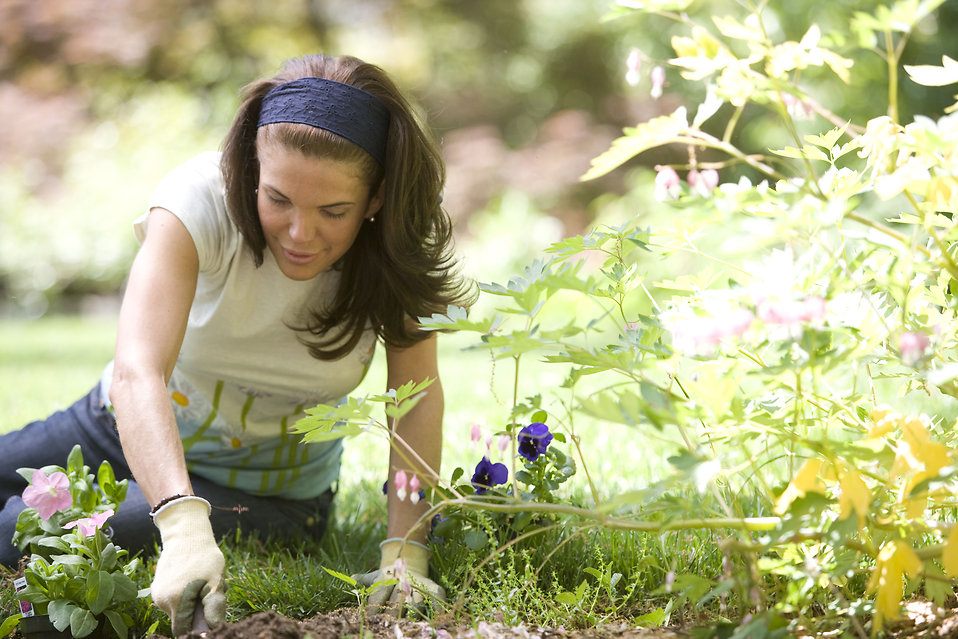Magnesium sulfate, also known as Epsom Salt is an inorganic salt that contains magnesium, sulfur and oxygen. It’s also a useful home remedy that can have many purposes. This is mainly because the salt has a potent ability to heal the body naturally from common ailments and health issues.
Gardening with it is amazing though…
You should really try it out!
1. Help Out Seed Germination
Using Epsom salt as a soil amendment before seeding will give your garden a powerful boost right from the start. Magnesium aids in seed germination and helps to strengthen cell walls, leading to more and stronger seedlings. For best results, incorporate 1 cup of salt per 100 square feet of tilled soil or mix 1 – 2 tablespoons into the soil at the bottom of each hole before dropping in seeds.
2. Increase Nutrient Absorption
Many commercial fertilizers add magnesium to help plant roots take up vital nutrients (nitrogen, phosphorus, sulfur.) For those using all organic materials to feed their gardens, adding Epsom salt to soil will improve absorption naturally, eliminating the need for processed chemical fertilizers.
3. Stop Worrying About Transplant Shock
We’ve all seen how our plants and seedlings wilt when we move them from a small pot to a larger one, from indoors to outside, or from greenhouse to ground. Try feeding transplants with Epsom salt once they’re in their new environment to help injured roots overcome transplant shock. Remember to add a layer of soil on top of salt sprinkled in holes so roots don’t come into direct contact with these concentrated minerals right away.
4. Make Your Foliage A Lush Green
Plants that aren’t getting enough magnesium can be identified by their yellowing leaves. This is because magnesium is an essential component in the production of chlorophyll. Try sprinkling Epsom salt around your plants to achieve healthier foliage. About 1 tablespoon per 12 inches of height once a month will benefit the plants in your vegetable garden, as well as any trees, shrubs, flowers and grasses you want to green up.
5. Leaf Curling? I Don’t Think So
Leaf curling may also be caused by magnesium-deficiency in plants. Again, add Epsom salt to the soil around the base of the sick plant. Alternately, for faster absorption you can mix 2 tablespoons of Epsom salt in a gallon of water and apply directly to the leaves.
6. Snuff Out Those Pests
While Epsom salt won’t dehydrate slugs and snails like table salt (sodium chloride), it can still be used to deter pests. Hydrated magnesium sulfate crystals are sharp and when sprinkled around plants, they can scratch and irritate the bodies and feet of unwanted critters in much the same way as diatomaceous earth.
7. Make Your Sweet Fruit Sweeter
The production of fruiting bodies is the most taxing process in the life cycle of a plant. Apply Epsom salt to fruit and nut trees, bushes, and vines using the same methods and quantities stated above to boost chlorophyll levels inside the plant cells. Increased energy means more sugar, allowing the plant to produce higher yields of sweeter, healthier fruit.
8. Make Your Tomatoes To Die For
Tomato vines are one of a handful of common garden residents whose fruit to plant size ratio is heavier than average, leading to an even higher likelihood of magnesium-deficiency. For this reason, tomatoes should be fed Epsom salt twice as often as other plants. Also, because tomato vines are prone to calcium-deficiency (blossom end rot), the majority of tomato fertilizers contain calcium which will compete with magnesium for root absorption. Therefore, foliar feeding is the more efficient method for delivering magnesium to these plants. Water tomato vines with dissolved Epsom salt – 2 tablespoons per gallon of water, every 2 weeks.


























